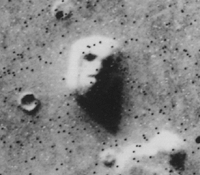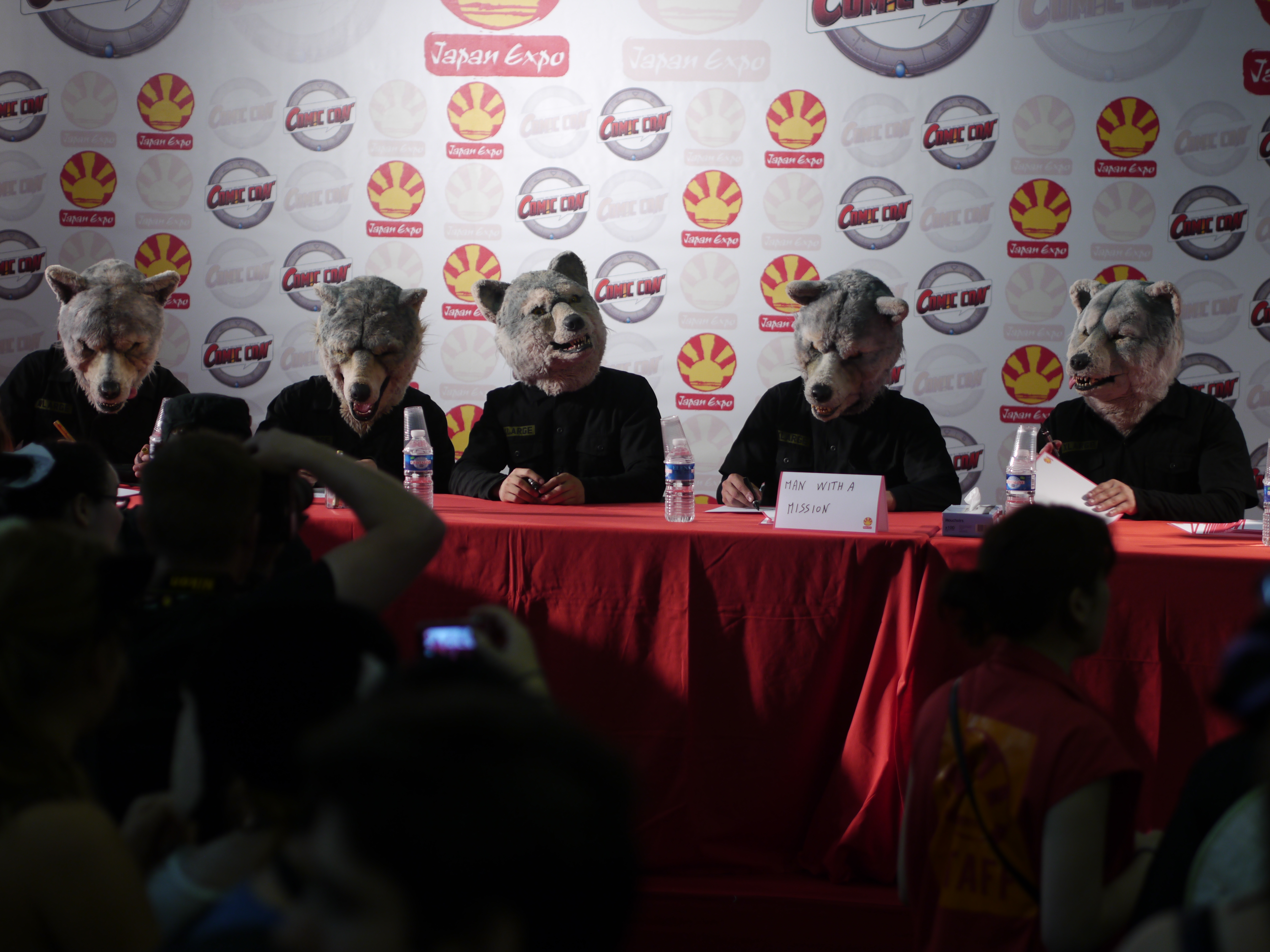|
Matanpushi
The matanpushi (Ainu/ Japanese: マタンプシ) is a traditional garment worn by the Ainu people The Ainu are the indigenous people of the lands surrounding the Sea of Okhotsk, including Hokkaido Island, Northeast Honshu Island, Sakhalin Island, the Kuril Islands, the Kamchatka Peninsula and Khabarovsk Krai, before the arrival of the Y ... of Japan. Complementing the sapanpe - which is worn by men - the matanpushi is usually worn by women in modern Ainu ceremonies, although originally it was a common facet of Ainu fashion among men. History The Ainu have no recorded habit of tying their hair. Accordingly, both men and women regularly trimmed it so that it would not grow past their shoulders. In order to protect their hair from harsh elements during daily tasks such as housework and hunting, both sexes wore headbands - women wore a plain black cloth known as a "senkaki" (センカキ) around their head and tied it with a plain headband known as a "chepanup" (チェパ� ... [...More Info...] [...Related Items...] OR: [Wikipedia] [Google] [Baidu] |
Ainu People
The Ainu are the indigenous people of the lands surrounding the Sea of Okhotsk, including Hokkaido Island, Northeast Honshu Island, Sakhalin Island, the Kuril Islands, the Kamchatka Peninsula and Khabarovsk Krai, before the arrival of the Yamato Japanese and Russians. These regions are referred to as in historical Japanese texts. Official estimates place the total Ainu population of Japan at 25,000. Unofficial estimates place the total population at 200,000 or higher, as the near-total assimilation of the Ainu into Japanese society has resulted in many individuals of Ainu descent having no knowledge of their ancestry. As of 2000, the number of "pure" Ainu was estimated at about 300 people. In 1966, there were about 300 native Ainu speakers; in 2008, however, there were about 100. Names This people's most widely known ethnonym, "Ainu" ( ain, ; ja, アイヌ; russian: Айны) means "human" in the Ainu language, particularly as opposed to , divine beings. Ainu also ... [...More Info...] [...Related Items...] OR: [Wikipedia] [Google] [Baidu] |
Sapanpe
The sapanpe (Ainu/ Japanese: サパンペ) is a ritual crown worn by adult men during traditional Ainu ceremonies. It is complemented by the matanpushi, which is worn mostly by women. It is believed to impart great power to the one who wears it. History Sapanpe means "that which is on the head" and is a combination of the Ainu root words sapa-un-pe (サパ・ウン・ペ). The sapanpe is not intended to be worn on a daily basis - it is usually worn during iomante ceremonies and other festivals, or to celebrate important guests. In the Southwestern Hokkaido subprefectures of Oshima, Iburi, and Hidaka, the sapanpe is worn by most adult men that participate in rituals, but in Tokachi, it is only permitted to be worn by male elders in important festivals. It is considered deeply "shameful" to cause trouble while wearing the sapanpe. The sapanpe is also not worn during rituals involving the dead such as funerals and ancestral festivals. Construction The shape of the sapanpe ... [...More Info...] [...Related Items...] OR: [Wikipedia] [Google] [Baidu] |
Ainu Culture
Ainu culture is the culture of the Ainu people, from around the 13th century (late Kamakura period) to the present. Today, most Ainu people live a life superficially similar to that of mainstream Japanese people, partly due to cultural assimilation. However, while some people conceal or downplay their Ainu identity, Ainu culture is still retained among many groups. The Ainu way of life is called in the Ainu language (literally + "customs, manners"1905, ''An Ainu-English-Japanese Dictionary'', John Batchelor, Tokyo: Methodist Publishing House. ''Puri'' entry viewable onlinhere). The unique Ainu patterns and oral literature () have been selected as features of Hokkaido Heritage. Overview The term "Ainu culture" has two meanings. One is an anthropological perspective, referring to the cultural forms held by the Ainu people as an ethnic group, which includes both the culture held or created by the modern Ainu and the culture of their ancestors. The other usage, from an archeol ... [...More Info...] [...Related Items...] OR: [Wikipedia] [Google] [Baidu] |
Face Detail, "Ainu Leader
The face is the front of an animal's head that features the eyes, nose and mouth, and through which animals express many of their emotions. The face is crucial for human identity, and damage such as scarring or developmental deformities may affect the psyche adversely. Structure The front of the human head is called the face. It includes several distinct areas, of which the main features are: *The forehead, comprising the skin beneath the hairline, bordered laterally by the temples and inferiorly by eyebrows and ears *The eyes, sitting in the orbit and protected by eyelids and eyelashes * The distinctive human nose shape, nostrils, and nasal septum *The cheeks, covering the maxilla and mandibula (or jaw), the extremity of which is the chin *The mouth, with the upper lip divided by the philtrum, sometimes revealing the teeth Facial appearance is vital for human recognition and communication. Facial muscles in humans allow expression of emotions. The face ... [...More Info...] [...Related Items...] OR: [Wikipedia] [Google] [Baidu] |
Aino Woman From Shiraoi, In Full Dress With Ornaments Of Patched Cotton
Aino may refer to: * Aino (given name), a first name in Finland and Estonia * Ainu people (sometimes called ''Aino''), an ethnic group of northern Japan * Ainu language (also sometimes called ''Aino''), the language of the Ainu people * Aino, Nagasaki, Japan, a former town, merged in 2005 into the city of Unzen * Mount Aino, a mountain in Japan * Sony Ericsson Aino, a telephone Arts and entertainment * ''Aino'' (Kajanus), a symphonic poem for male chorus and orchestra by Robert Kajanus * Aino (mythology), a figure in the Finnish national epic poem Kalevala * ''Aino'' (opera), a 1912 opera by Erkki Melartin based on the epic poem above * Minako or Mina Aino, alter ego of Sailor Venus in the Sailor Moon franchise Train stations * Aino Station (Hyōgo), a train station in Sanda, Hyōgo Prefecture, Japan * Aino Station (Shizuoka), a train station in Fukuroi, Shizuoka Prefecture, Japan See also * Ainos (other) * Ainu (other) Ainu or Aynu may refer to: *Ainu peo ... [...More Info...] [...Related Items...] OR: [Wikipedia] [Google] [Baidu] |
Ainu Language
Ainu (, ), or more precisely Hokkaido Ainu, is a language spoken by a few elderly members of the Ainu people on the northern Japanese island of Hokkaido. It is a member of the Ainu language family, itself considered a language family isolate with no academic consensus of origin. It is classified as Critically Endangered by the UNESCO Atlas of the World's Languages in Danger. Until the 20th century, the Ainu languages – Hokkaido Ainu and the now-extinct Kuril Ainu and Sakhalin Ainu – were spoken throughout Hokkaido, the southern half of the island of Sakhalin and by small numbers of people in the Kuril Islands. Due to the colonization policy employed by the Japanese government, the number of Hokkaido Ainu speakers decreased through the 20th century, and it is now moribund. A very few elderly people still speak the language fluently, though attempts are being made to revive it. According to P. Elmer, the Ainu languages are a contact language, having strong influences ... [...More Info...] [...Related Items...] OR: [Wikipedia] [Google] [Baidu] |
Japanese Language
is spoken natively by about 128 million people, primarily by Japanese people and primarily in Japan, the only country where it is the national language. Japanese belongs to the Japonic or Japanese- Ryukyuan language family. There have been many attempts to group the Japonic languages with other families such as the Ainu, Austroasiatic, Koreanic, and the now-discredited Altaic, but none of these proposals has gained widespread acceptance. Little is known of the language's prehistory, or when it first appeared in Japan. Chinese documents from the 3rd century AD recorded a few Japanese words, but substantial Old Japanese texts did not appear until the 8th century. From the Heian period (794–1185), there was a massive influx of Sino-Japanese vocabulary into the language, affecting the phonology of Early Middle Japanese. Late Middle Japanese (1185–1600) saw extensive grammatical changes and the first appearance of European loanwords. The basis of the standard dial ... [...More Info...] [...Related Items...] OR: [Wikipedia] [Google] [Baidu] |
Ainu Woman Standing By The Doorway Of A Hut LOC Agc
Ainu or Aynu may refer to: *Ainu people, an East Asian ethnic group of Japan and the Russian Far East *Ainu languages, a family of languages **Ainu language of Hokkaido **Kuril Ainu language, extinct language of the Kuril Islands **Sakhalin Ainu language, extinct language from the island of Sakhalin *Ainu music *Ainu cuisine *Ainu (Middle-earth), spirit in J. R. R. Tolkien's legendarium *Ainu (insect), a beetle in the family Tenebrionidae *Äynu people, of Western China ** Äynu language See also *Äynu (other) Äynu may refer to: * Äynu people * Äynu language Äynu is a Turkic languages, Turkic cant (language), cryptolect spoken in Western China. Some linguists call it a mixed language, having a mostly Turkic grammar, essentially Uyghur language, Uy ... * Ainur (other) * Aino (other) {{disambiguation Language and nationality disambiguation pages ... [...More Info...] [...Related Items...] OR: [Wikipedia] [Google] [Baidu] |
Golden Kamuy
is a Japanese manga series written and illustrated by Satoru Noda. It was serialized in Shueisha's manga magazine ''Weekly Young Jump'' from August 2014 to April 2022, with its chapters collected in thirty-one ''tankōbon'' volumes. The story follows Saichi Sugimoto, a veteran of the early twentieth-century Russo-Japanese War, and his quest to find a huge fortune of gold of the Ainu people, helped by a young Ainu girl named Asirpa. The Ainu language in the story is supervised by Hiroshi Nakagawa, an Ainu language linguist from Chiba University. An anime television series adaptation produced by Geno Studio aired with two seasons from April to December 2018. A third season aired from October to December 2020. A fourth season produced by Brain's Base premiered in October 2022. A live-action film adaptation has been announced. The manga has been licensed for an English-language release by Viz Media since 2016. The anime is licensed by Crunchyroll and Funimation. As of June 20 ... [...More Info...] [...Related Items...] OR: [Wikipedia] [Google] [Baidu] |
New Horizons
''New Horizons'' is an interplanetary space probe that was launched as a part of NASA's New Frontiers program. Engineered by the Johns Hopkins University Applied Physics Laboratory (APL) and the Southwest Research Institute (SwRI), with a team led by Alan Stern, the spacecraft was launched in 2006 with the primary mission to perform a flyby study of the Pluto system in 2015, and a secondary mission to fly by and study one or more other Kuiper belt objects (KBOs) in the decade to follow, which became a mission to 486958 Arrokoth. It is the fifth space probe to achieve the escape velocity needed to leave the Solar System. On January 19, 2006, ''New Horizons'' was launched from Cape Canaveral Space Force Station by an Atlas V rocket directly into an Earth-and-solar escape trajectory with a speed of about . It was the fastest (average speed with respect to Earth) man-made object ever launched from Earth. It is not the fastest speed recorded for a spacecraft, which as of 2021 ... [...More Info...] [...Related Items...] OR: [Wikipedia] [Google] [Baidu] |

.jpg)


